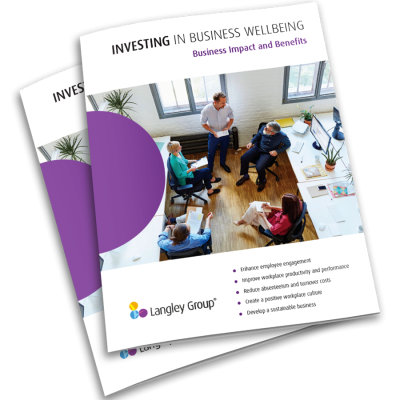Research shows that when we show up as the best version of ourselves, we are happier, healthier, more engaged, and productive – leading to better business outcomes.
Grounded in science, the Work on Wellbeing assessment tool provides you with detailed insights about individuals, teams, even an entire organisation.
These robust insights can help you accurately identify areas in which individuals and teams are thriving and areas in which they may need support – helping you to build an environment that increases engagement, productivity, innovation and builds a culture of overall wellbeing.
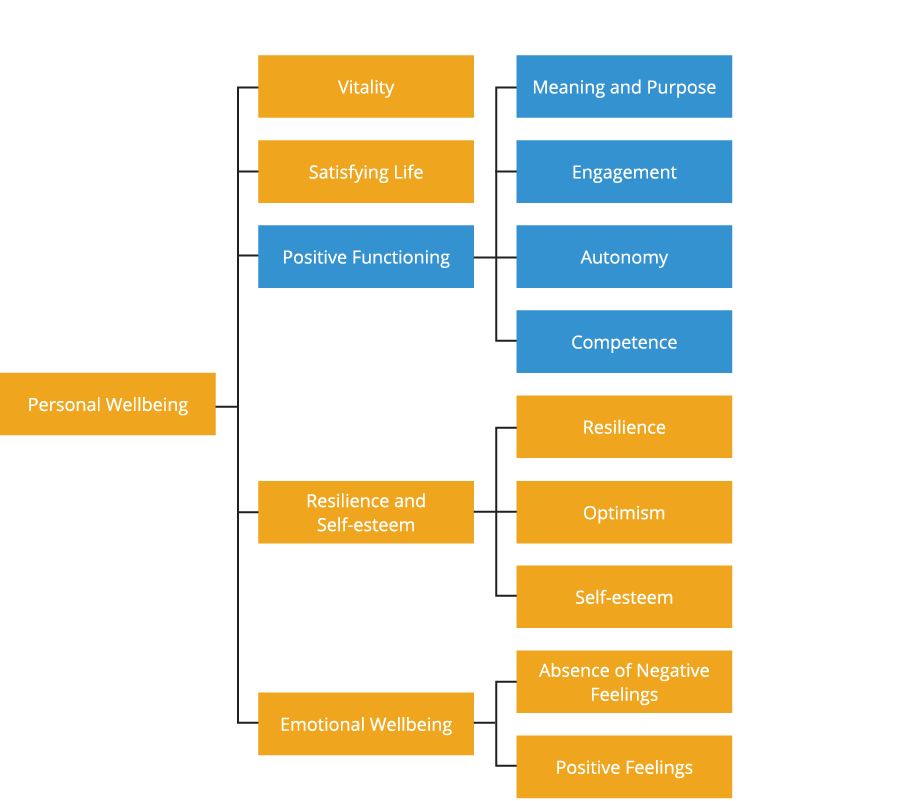
Evaluating metrics like emotions, personality, mental health and life satisfaction, The Work on Wellbeing is an incredible way to help you or your team cultivate positive growth personally and professionally.
Accompanying your report is a set of evidence-based, practical, inspirational activities to put individuals, teams, or organisations on a happier and healthier path.
The Work on Wellbeing assessment has been developed by global leaders in wellbeing, organisational and positive psychology including Dr Aaron Jarden, Dr Todd Kashdan, Dr Jo Mitchell, Dr Alex Mackenzie, and Dr Dan Weijers, amongst others.
This level of expertise and scientific rigour has created the most robust, scientifically validated assessment tool allowing individuals, consultants and workplaces to receive trusted insights and actions that are proven to support wellbeing.
The Work on Wellbeing examines four main pillars of wellbeing; global wellbeing, life satisfaction, workplace wellbeing and component wellbeing.
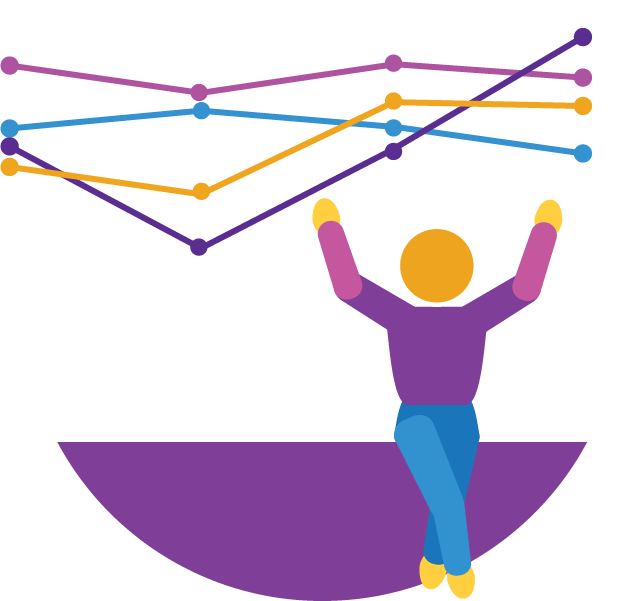
We understand the importance of living a healthy, connected life where you’re fulfilled in all that you do. The first step to achieving your potential is to get a holistic overview of where you’re at mentally, emotionally and physically.
By taking our Work on Wellbeing assessment, you’ll get a clear picture of your current state of wellbeing, along with valuable, actionable strategies that will point you in the right direction to be the best version of you!
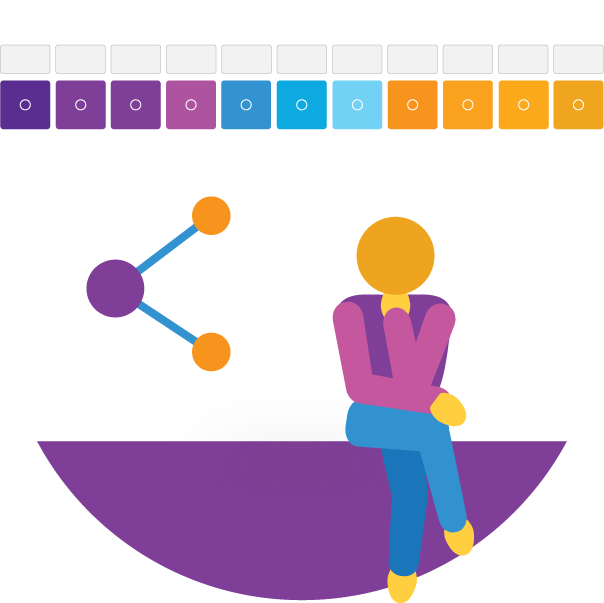
Give your clients the next-level support they deserve by harnessing the power of the Work on Wellbeing. By becoming an accredited Work on Wellbeing Practitioner, you will have the most scientifically validated workplace assessment tool at your fingertips allowing you to provide superior insights and actions that work.
With precise analytics at your fingertips, you’ll be able track and measure progress over time and use the recommended activities to improve their wellbeing.
Further, you can tailor the assessment to meet your clients specific objectives.

There are many workplace wellbeing assessment tools available but very few match the level of science and rigour of the Work on Wellbeing.
Gain accurate, insightful data to provide meaningful insight into organisational health that helps your organisation to pursue a culture of wellbeing excellence where employees flourish and business prospers.
Because no two people or teams are alike, Work on Wellbeing offers a flexible approach. The assessment offers the opportunity to tap into other scientifically validated tools and add customised questions to help you hone into areas that may be of further interest.
Whatever your field of focus, be it happiness and life satisfaction, flight risks within teams, to work burnout and anxiety levels, your results and recommended activities will be targeted to support authentic change in those desired areas.
Work on Wellbeing isn’t just about getting answers; it’s about offering meaningful solutions that create lasting positive change.
Each report is accompanied by a set of evidence based activities to help address areas of support identified from the report.
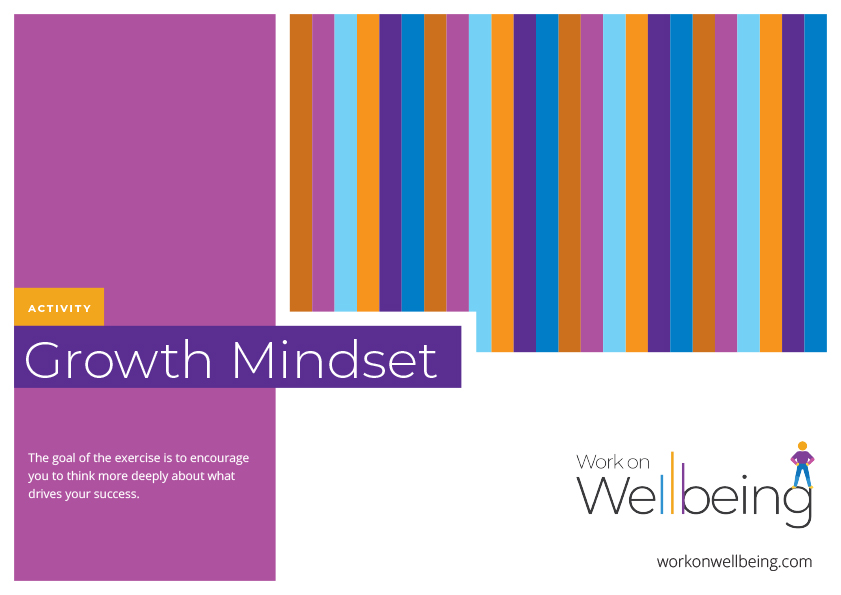
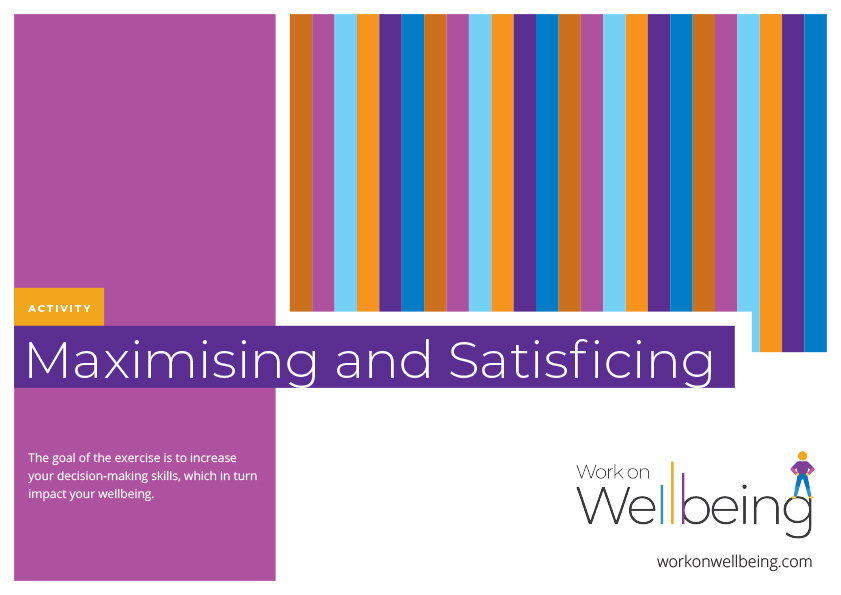
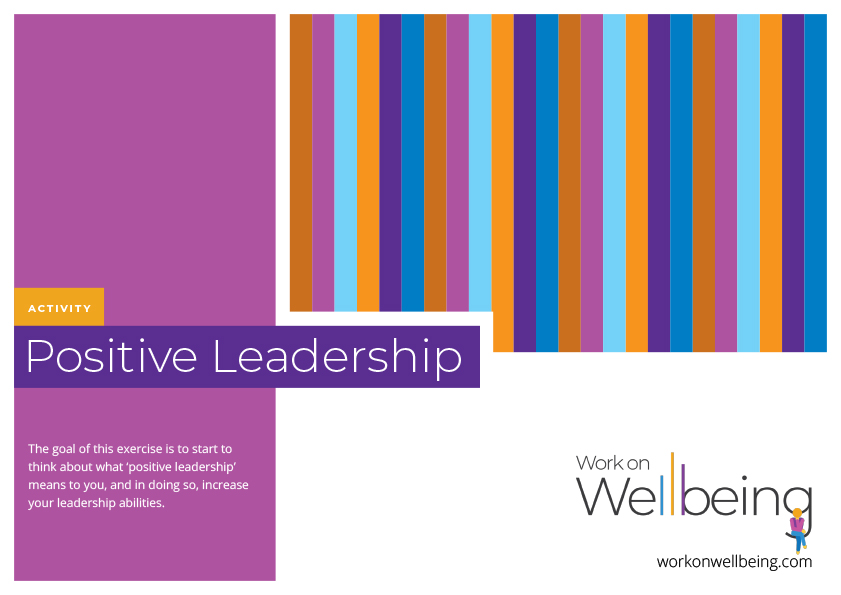
“We love WoW because it’s an evidence-based assessment and extremely user-friendly. We use it as part of our Virtual Wellbeing Coaching packages and with our Creating a Flourishing Workplace applied positive psychology program. Highly recommended!”
Director of the Positivity Institute, Dr Suzy Green
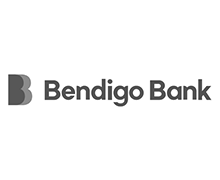







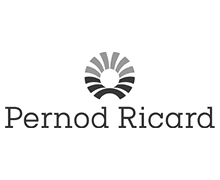


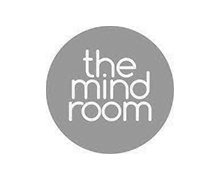
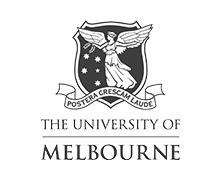

Please fill out your details below and we will make contact with you as soon as possible.
